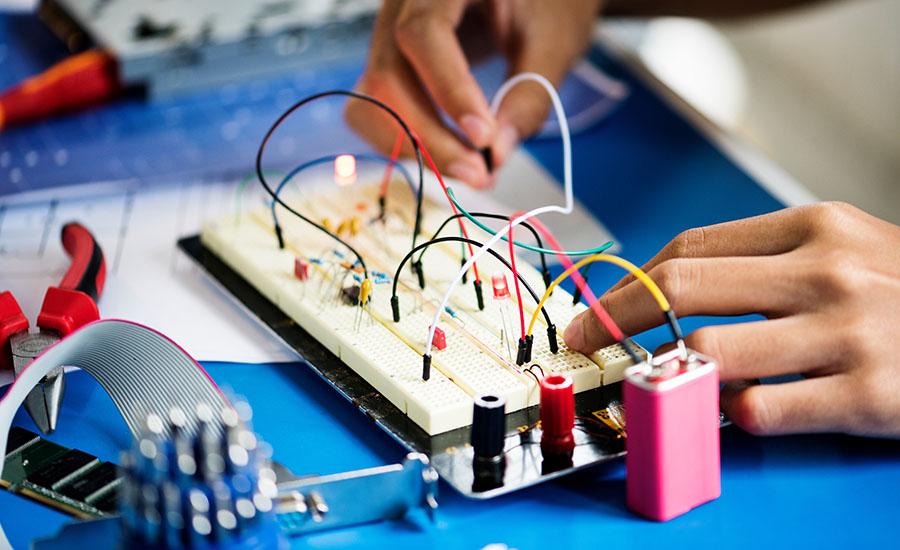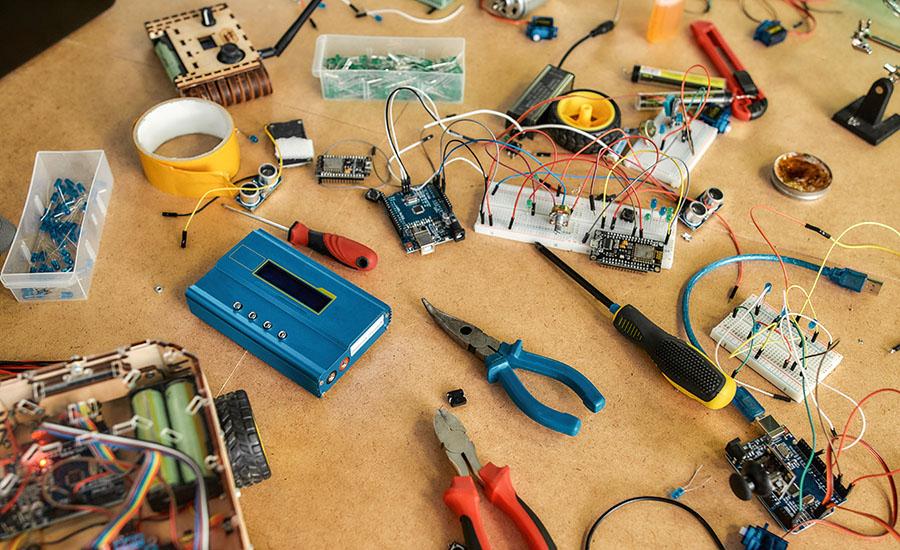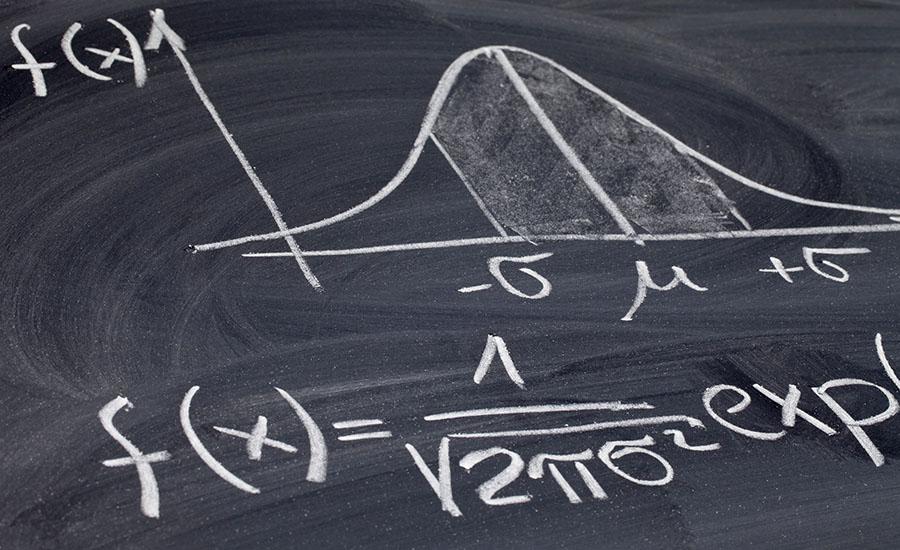
Clever Scientist: Electric Circuits
This STEM lesson is designed to explore electrical circuits and engage in a hands-on activity to create, label, and identify the differences between parallel and series circuits.
Students will develop and use a model that explains how energy is moved or transferred from place to place through electric currents. While they construct circuits to create electricity, they will be analyzing, collaborating and communicating effectively with their partners to complete an engineering design challenge. At the end of this unit, students will be able to independently identify complete and incomplete circuits, suggest ways to fix incomplete circuits, identify parts of a circuit, and create a circuit.
Lesson Grade Level
4th GradeLesson Plan Link/URL
https://docs.google.com/presentation/d/19lO67saEwWZ_hwYn7mUx7xefvg0TlUWnw3aJp_9…Subject Area
Science Physical Science P4: Energy Transfer Engineering S2: Apply the Engineering Design Process S4: Apply Science to Engineering Mathematics Measurement and Data (MD) English Language Arts (ELA) Reading (Informational Text) Writing Speaking & ListeningRelated Content

This lesson plan will focus on different fun and engaging activities pertaining to one of the most complicated standards in physics, which is projectile motion. At the end of this lesson students are

This STEM activity is designed to explore force, motion, friction, and speed with a student-friendly and engaging activity. Students will plan and create a marble maze using simple materials. Material

This lesson plan is the nitty-gritty principles of roller coaster. It can be taught and used for 4th grade and 5th grade students. The first part of the lesson is the discussion of the principles